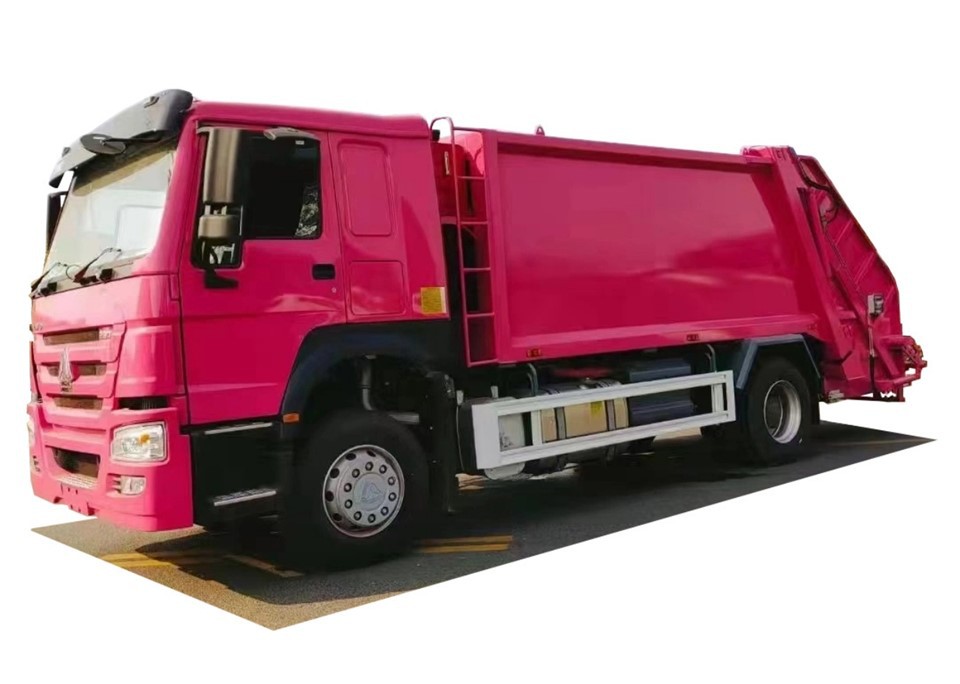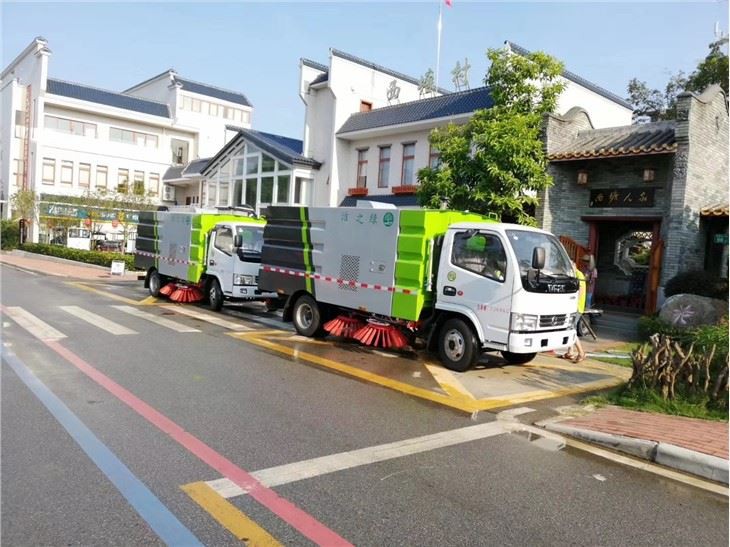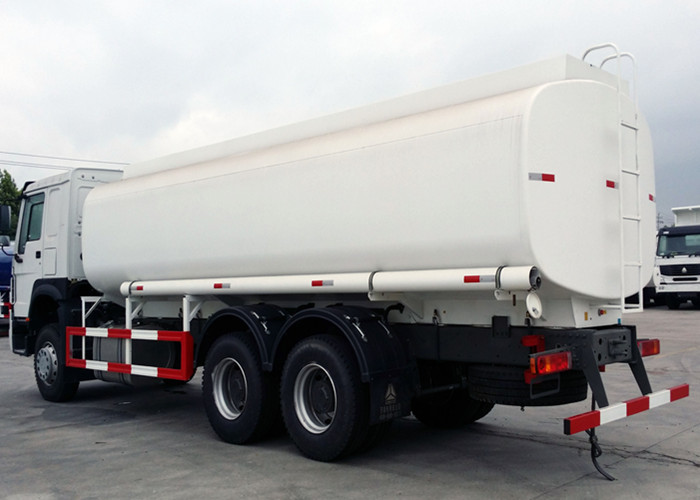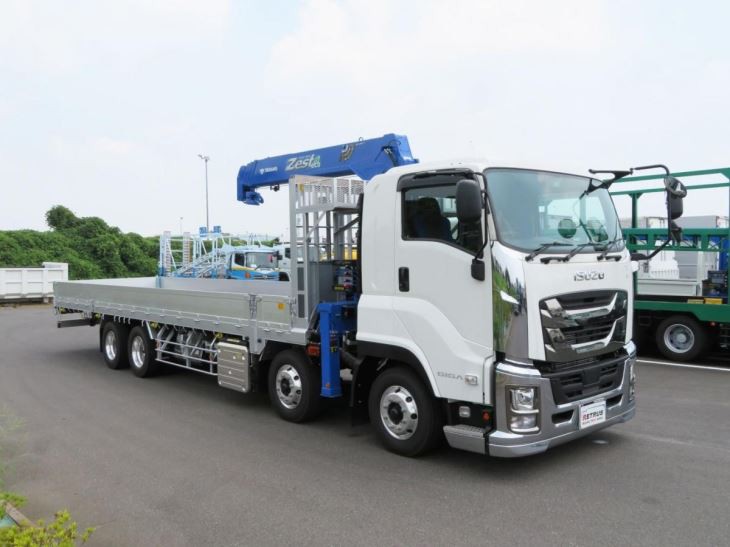Aerial fire trucks are an indispensable part of urban firefighting operations. Designed to reach great heights and support firefighters in battling blazes in tall buildings, they play a crucial role in saving lives and minimizing property damage. This article delves into the various aspects of aerial fire trucks, including their types, features, operations, and best practices for effective use.
Understanding Aerial Fire Trucks
Aerial fire trucks, often referred to as ladder trucks, are specialized firefighting vehicles equipped with an extendable ladder. These trucks are designed to assist firefighters in accessing elevated areas, such as rooftops and upper floors of buildings, during emergency operations.
The Importance of Aerial Fire Trucks
The need for aerial fire trucks arises from urbanization and the construction of taller buildings. These trucks provide crucial access points that allow firefighters to carry out various rescue operations, conduct ventilation, and deploy hoses effectively from elevated positions.
Types of Aerial Fire Trucks
Aerial fire trucks come in several types, each tailored for specific firefighting needs. The main categories include:
1. Ladder Trucks
Ladder trucks feature a telescoping ladder that can extend to significant heights. These are primarily used for rescue operations and reaching fires in tall structures.
2. Platform Trucks
Platform trucks are equipped with a bucket at the end of the ladder, allowing firefighters to operate more safely at higher elevations. The bucket can carry personnel and equipment simultaneously, making it ideal for rescue missions and fire suppression.
3. Aerial Towers
Aerial towers are versatile vehicles that combine the features of ladder and platform trucks. They offer improved maneuverability and can provide both high elevation access and water supply through the mounted nozzle.
4. Articulating Aerials
These trucks have ladders that can bend at angles, allowing them to navigate around obstacles. They are especially useful in dense urban environments where straight access to structures may be limited.
Features of Aerial Fire Trucks
Essential Components
Aerial fire trucks are equipped with several features that enhance their operational efficiency:
- Telescoping Ladders: Extendable ladders allow for reaching various heights, often exceeding 100 feet.
- Water Pumps: Many aerial trucks come with built-in water pumps to combat fires directly.
- Stabilizers: Outriggers are used to stabilize the vehicle during operation, ensuring safety and stability.
- Firefighting Equipment: Trucks are fitted with hoses, nozzles, and other firefighting gear for rapid deployment.
- Communication Systems: Modern aerial trucks include advanced communication systems for coordination during emergencies.
Operational Capabilities
The ability to operate effectively in various scenarios is crucial for aerial fire trucks. Key operational capabilities include:
1. Rapid Deployment
Firefighters can deploy aerial trucks quickly during emergency situations, reducing response time in critical incidents.
2. Rescue Operations
These trucks facilitate rescue missions for individuals trapped in high-rise buildings, providing safe evacuation routes.
3. Fire Suppression
Aerial trucks enable direct firefighting operations from above, allowing crews to target fires in hard-to-reach places.
4. Ventilation
Firefighters can use aerial trucks to cut openings in roofs or walls to ventilate heat and smoke, improving conditions for firefighting.
Choosing the Right Aerial Fire Truck
When selecting an aerial fire truck, several factors should be considered:
1. Height Requirements
The height capability should match the tallest structures within the coverage area. Consider the need for trucks that can reach 100 feet or more in urban environments.
2. Equipment Versatility
Evaluate the type of emergency scenarios your department frequently encounters. Multi-functional trucks may be more beneficial for diverse operations.
3. Turnaround Time
Consider the ease of deployment. Aerial trucks should have quick mobilization capabilities, ensuring rapid response in emergencies.
Best Practices for Operating Aerial Fire Trucks
1. Regular Training
Consistent training for the firefighting team is crucial. Conduct drills to familiarize the crew with the aerial fire truck’s features and operations.
2. Maintenance Protocols
Implement a regular maintenance schedule to ensure all components are in working order. Regular checks can significantly reduce the likelihood of malfunctions during emergency operations.
3. Safety Measures
Always follow safety protocols while operating aerial fire trucks. This includes securing the area before deployment, using stabilizers, and wearing safety gear.
4. Real-time Communication
Ensure all team members have access to effective communication tools to facilitate coordination during emergency operations.
Technology Incorporation in Aerial Fire Trucks
1. GPS Navigation
Modern aerial fire trucks are often equipped with GPS technology which assists in navigation, especially in complex urban environments.
2. Smart Monitoring Systems
These systems monitor the structural integrity of the truck, alerting the crew to any potential issues before they become problematic.
3. Drones Integration
Some firefighting units are beginning to integrate drones for aerial reconnaissance, enhancing situational awareness before deploying aerial fire trucks.
Case Studies of Aerial Fire Truck Usage
1. New York City Fire Department (FDNY)
The FDNY utilizes a fleet of well-equipped aerial fire trucks capable of handling high-rise emergencies efficiently. Regular training and emergency simulations enhance their operational readiness.
2. Los Angeles Fire Department
In 2020, LAFD utilized aerial fire trucks to combat a massive blaze in a high-rise building, showcasing the importance of elevated positions in fire suppression and rescue operations.
3. Chicago Fire Department
Chicago’s response to urban fires heavily relies on aerial platforms, showcasing deployments that emphasize strategic positioning in congested networks.
Cost Considerations for Aerial Fire Trucks
| Type of Aerial Fire Truck | Average Cost | Annual Maintenance Cost |
|---|---|---|
| Ladder Truck | $750,000 – $1.5 million | $20,000 – $30,000 |
| Platform Truck | $1.2 – $2.5 million | $25,000 – $40,000 |
| Aerial Tower | $1 million – $2.3 million | $30,000 – $50,000 |
| Articulating Aerial | $900,000 – $2 million | $25,000 – $35,000 |
Future Trends in Aerial Firefighting
1. Electric Fire Trucks
The development of electric aerial fire trucks is on the rise, promoting sustainability in firefighting operations.
2. Automation and Robotics
The integration of robotic capabilities may enhance aerial firefighting efficiency, offering remote operation and reducing risks to human personnel.
3. Enhanced Training Simulations
Virtual Reality (VR) training programs can provide invaluable experience for firefighters, preparing them for real-world scenarios without the associated risks.
FAQ Section
1. What is the primary purpose of an aerial fire truck?
The primary purpose of an aerial fire truck is to provide access to upper levels of high-rise buildings for firefighting, rescue operations, and ventilation.
2. How high can aerial fire trucks extend?
Many aerial fire trucks can extend to heights between 75 and 100 feet, with some specialized units reaching up to 150 feet or more.
3. What types of emergencies require the use of aerial fire trucks?
Aerial fire trucks are often used in high-rise building fires, rescue operations, hazardous materials incidents, and during complex fire suppression tasks.
4. How often should aerial fire trucks undergo maintenance?
Aerial fire trucks should have a strict maintenance schedule, ideally including monthly inspections to ensure safety and operational efficiency.
5. Are there any advancements in aerial firefighting technology?
Yes, advancements include GPS navigation, smart monitoring systems, drone integration, and upcoming electric and automated aerial fire trucks.
6. What training is necessary for firefighters operating aerial fire trucks?
Firefighters should participate in regular training sessions that cover equipment operation, safety protocols, and emergency response scenarios.



